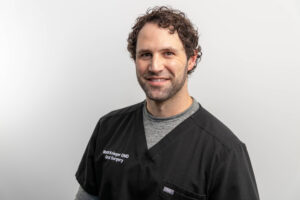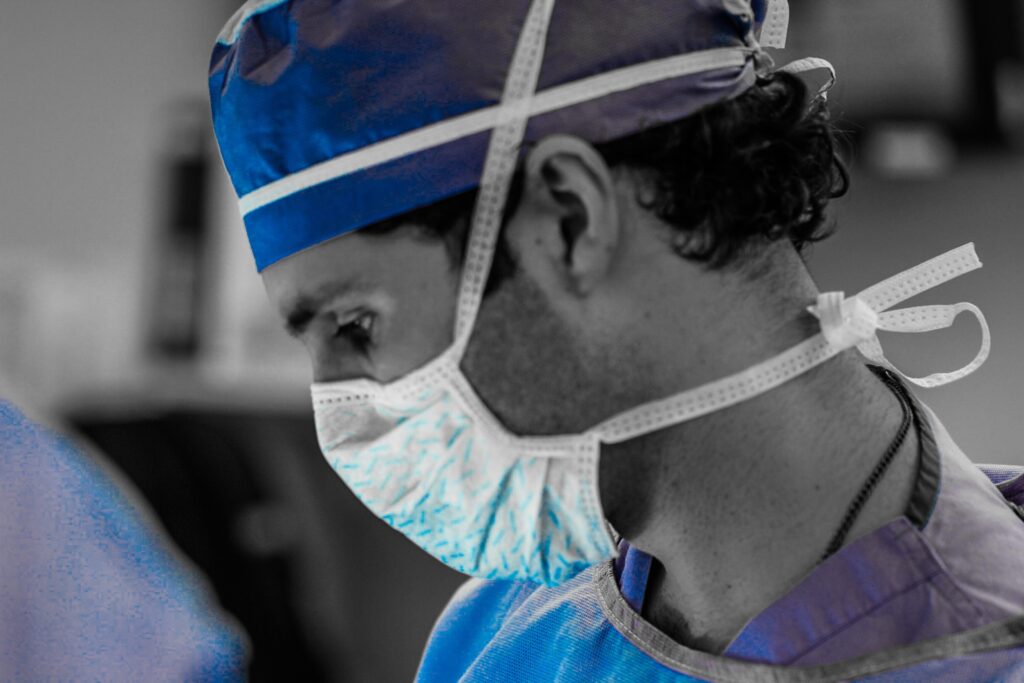Archived Newsletter Re-Post.
The AOX Newsletter • March 2024 #12
I remember residency well 👆. Countless surgeries, endless learning opportunities, and little sleep. These were some of the most difficult, yet also some of the best years of my life.
While OMFS residency provides an incredible exposure to maxillofacial surgery as a whole, most residency programs provide very little training in AOX surgery.
As such, I have received many questions from resident surgeons regarding the best path to take during and after residency to pursue and learn AOX surgery.
Below, I will discuss 7 key pieces of advice that I feel a resident surgeon should consider in order to maximize their AOX potential.
Keep in mind that this advice is also beneficial to any doctor, resident or not, that is new to the field of AOX.
1. Work full or part-time at an AOX center.
While private practice is beneficial and valuable for many reasons, there is simply no way to match the volume of full-arch surgery that you can receive from an AOX focused practice. Your goal should be to cut 3-4 arches per day. At even one day a week, you gain up to 16 arches per month of AOX experience.
2. Find an AOX surgical mentor.
This is absolutely invaluable. I am a firm believer that a few days spent observing an experienced AOX surgeon (someone who has done 1000 arches or more) can propel you further ahead than a year’s worth of surgery on your own.
Even after cutting over 2000 arches to date – I have 4 AOX surgical mentors that I communicate with regarding cases and questions.
3. Find an AOX prosthetic mentor.
In order to become a great AOX surgeon, you have to learn and understand key AOX prosthetic principles and how they impact your surgery. Remember, this should be a prosthetically driven surgery. There is no better way to learn this than from an experienced AOX restorative provider.
4. Attend an AOX course.
Whether during or after residency, attending an AOX course can help fast forward your learning and surgical skillset. Keep in mind that there are many different “styles” of AOX surgery. Ensure the course you attend is provided by experienced providers that most closely resemble the “style” of surgery you wish to emulate. (And yes… I’m still working on putting together a hands-on AOX course).
5. Learn how to do an “Arch” properly and efficiently, before incorporating advanced techniques.
Master the fundamentals first.
When you are new to AOX surgery – your focus should be on learning the basics of full-arch surgery both from a surgical and prosthetic standpoint. Even as an OMFS, it is my opinion, you should master a “routine arch” before progressing to things such as pterygoid or zygomatic implants.
I know most of you will glaze right over this point. But, it’s my opinion that far too many providers try to advance far too quickly without learning the fundamentals. This will ultimately set you back in the long run and unfortunately put you and your patients in some difficult situations.
For those of you interested in a strategic full-arch skill-set growth plan – here’s how I would outline your first 1000 arches.
6. Focus on creating a systematic surgery and a smooth, reproducible surgical flow.
When you’ve got less than 100 arches under your belt, one of your primary areas of focus should be on learning to make the surgery systematic and efficient. Focus on doing the surgery the same way each and every time. This takes practice and intention, but can be the difference between doing an arch in 3 hours or 1 hour.
7. Learn how to train and maximize your surgical team.
AOX surgery is a team sport. Period.
When you are new to this surgery, it’s easy to focus only on what you are doing, and subsequently forget what your team is doing around you.
In order to maximize efficiency and improve your surgical outcomes, spend extra time and attention on teaching and training your assistants to work with you as one surgical unit.
Whether you are excited to graduate residency and get into the world of AOX, or have been practicing 20 years but are new to AOX, I hope the 7 pieces of advice above help give you a jump start into this exciting and rewarding surgery.
Matthew Krieger DMD
“You don’t have to be good to start … you just have to start to be good!”
Joe Sabah
Q & A with Dr. K

Will you perform a “Remove & Replace” of a failed implant at the same exact site? |
A reality of doing AOX surgery, especially in high volume, is managing failed implants.
In my practice, I always try to remove a failed implant, and at the same time replace a new one that is able to be loaded immediately. This allows the patient to maintain a loaded prosthetic.
The question above asks: In the event of a failed implant – will I remove it and replace a new implant back into the exact same osteotomy where the failure occurred?
The short answer is no. The long answer is… sometimes.
While I have used the exact same osteotomy a handful of times, this is only because I had absolutely no other option.
I will always, always, always try to avoid re-using the failed osteotomy site. I feel that there is a higher “re-failure” rate when I utilize the same osteotomy site that the previous failure occurred in. This anecdotal observation has also been shared with me by other experienced AOX surgeons.
I always attempt to find a new site, or to redirect the osteotomy along a different trajectory, in order to engage new bone not associated with the failure.
It is my opinion that avoiding the failed osteotomy site (when possible) is the optimal practice for performing a remove and replace in the setting of AOX surgery.
Archived newsletters are released on a delayed timeline, a few months after the original publication. If you would like to receive these newsletters in real time please sign up here.

